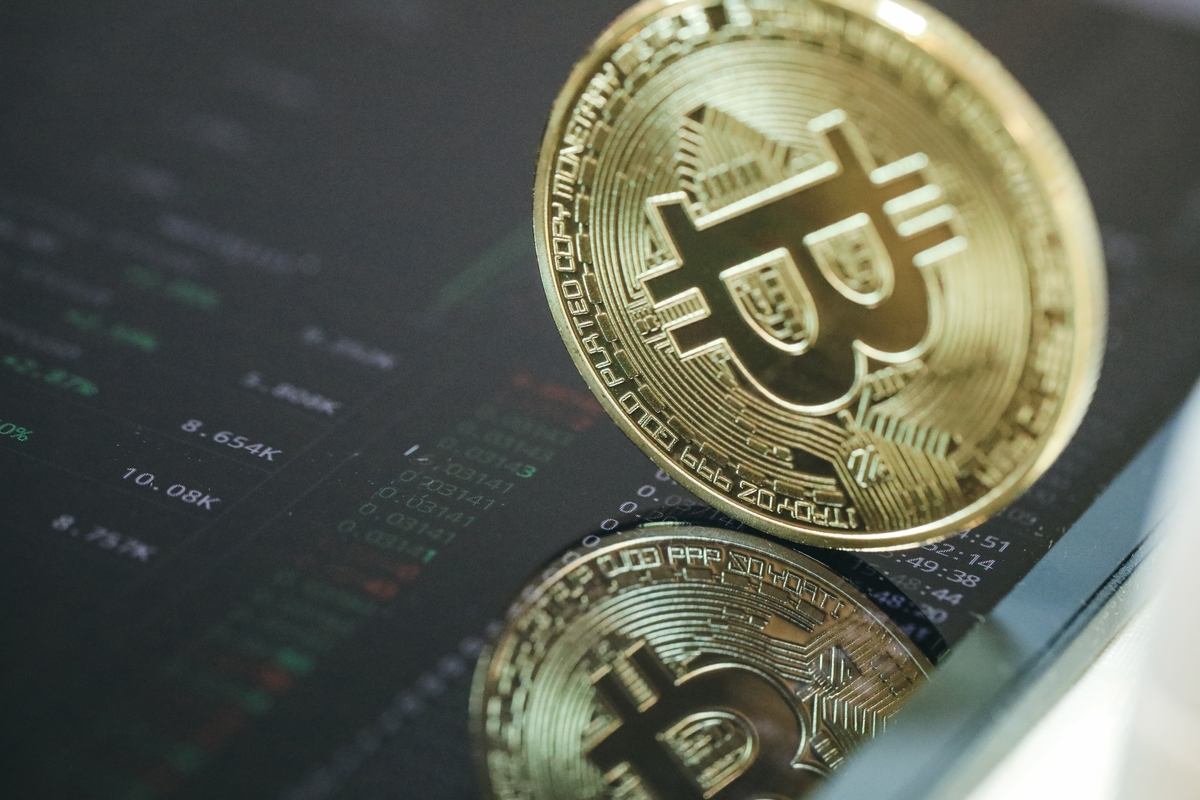Asus
Let me take you back to a simpler time. On this day two years ago, Nov. 9, 2021, bitcoin maxis were sporting red laser eyes, FTX had just closed a $420 million funding round and rumor had it that dogecoin’s (DOGE) biggest fan, Elon Musk, may host an upcoming episode of “S and L.” On this day, just two short years ago, bitcoin (BTC) set its highest price ever.
This post is part of Consensus Magazine’s Trading Week, sponsored by CME. This is column first published in The Node newsletter.
Bitcoin’s “all-time high” is a matter of debate. Depending on where you look, the high water mark will be different. Coinbase calls the top at $68,569 (Nov. 8, 2021 at 7:00 p.m.), CoinMarketCap says it’s $66,953 and your most trusted and trustworthy news and data provider, CoinDesk, notches it a little above $67,000.
I, like many, tend to call the pico top at $69,000 – because it’s okay to round up to the meme number, and because consensus in such a fragmented and illiquid market is really a subjective matter (involving where to draw the line about which exchanges to follow and data sources to watch.)
The price itself, in retrospect, hardly matters. What was important at the time was that bitcoin was trading up. It was rallying, on an upswing fostered by a collective belief. Many truly thought that bitcoin wouldn’t stop, that $100,000 was soon on the way if we all just believed hard enough. Hence the laser eyes.
It’s now commonly understood that this most historic of rallies was fueled by COVID-era stimulus, boredom and historically low interest rates. That crypto could be impacted by macroeconomic fluctuations was a bitter pill to swallow. Thought to be an inflation hedge, BTC instead traded like many other assets on the far-end of the risk curve.
The months leading up to November 2021’s ATH were a period of “irrational exuberance,” to steal a phrase from Nobel laureate Robert Shiller. Heads of state at the time were seriously concerned about the risks crypto posed to the wider financial system. Jon Cunliffe, then (like now) Bank of England’s deputy governor, likened the multi-trillion dollar crypto market to the subprime mortgage industry in 2008.
There were few actual use cases for crypto, yet a ton of leverage in the system. Crypto, for better or worse, is primarily a market built for speculators. The chief innovations that have come from over a decade of technical research, billions in venture financing and tens of thousands of startups have been financial products like “perpetual swaps” and novel indexes (not to discount pioneering ZK tech).
Cunliffe was correctly worried about the credit risks that had built up in crypto. It’s telling that the first wave of bankruptcies after the market crashed were the centralized lending firms like Celsius and BlockFi. And that FTX’s chief undoing was stacking billions in loans on illiquid collateral. But he was wrong about the potential knock on effects of crypto cratering.
Although pension funds, hedge funds and millions of Americans were invested in crypto, the market itself remained insular.
Today, crypto appears to have decoupled somewhat from the wider economy. While bitcoin hit its all-time high during the same period that the benchmark equity index S&P 500 was cresting on a decade-long bull run, it started trading up at a time when some said “Tech was in a Recession.” Bitcoin is up well over 100% year-to-date, and altcoins are rallying right alongside it.
Much of the excitement about bitcoin is being driven by the “narrative” of growing institutional interest. This isn’t entirely a false story: a number of significant Wall St. firms like BlackRock, VanEck and Fidelity are poised to launch crypto-based exchange-traded funds. Banks are building on blockchains, and “tokenization” has become a finance bro buzzword.
Few people are still talking about crypto’s “banking problems,” and the industry successfully collaborated to dispel a dangerous political movement trying to link Hamas funding to crypto. Ask any white-collar commuter in Grand Central what they think about crypto and it’ll likely be “well, it’s not going away.”
It likely remains the case that in the long term, crypto prices are still driven by macroeconomic forces. Bitcoin hit a low and traded sideways while Fed Chair Jerome Powell was raising rates, and it’s still an open question how the asset, launched as a reaction the greed and macroeconomic policies that kickstarted Great Financial Crisis, will fare in an official recession, which could come next year.
In other words, despite signs of a thaw, crypto winter may not be over. There’s hope that the months-long deep freeze drove out the riff-raff, while the brightest minds continued to build. And while a “killer app” hasn’t been found, it’s clear enough the industry has a committed user base. But along with the institutional capital, supposedly waiting on the sidelines to be deployed after a BTC ETF goes live, are likely another wave of speculators and scammers.
I don’t know if crypto’s increasing institutionalization will finally prove Cunliffe right about the risks crypto poses to the wider economy. If prices continue to rip without an actual cause, like an actual use case, it can only be explained by speculation — another round of the “greater fool” fearing FOMO.
But I can say if bitcoin hits $100,000 because of an ETF, it might cost its soul.
